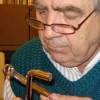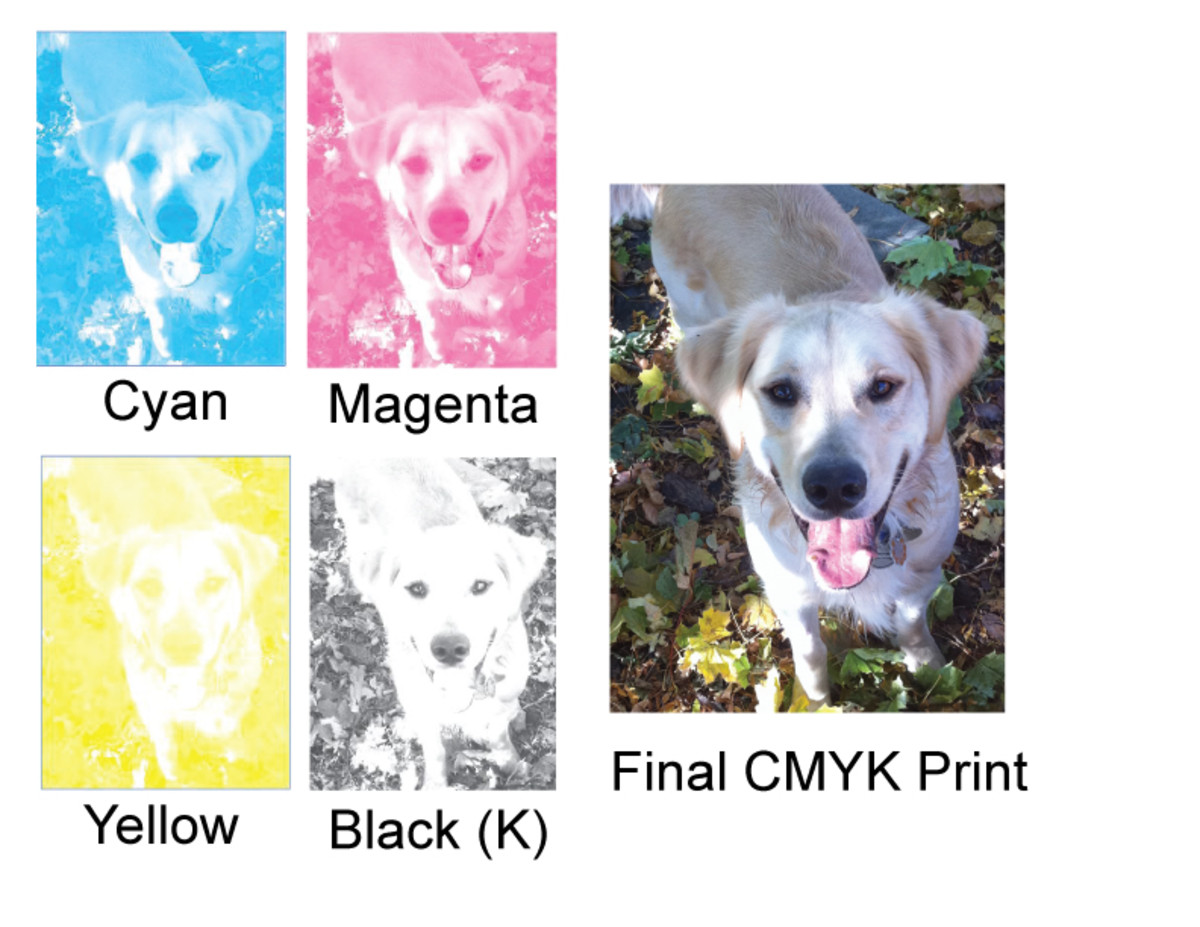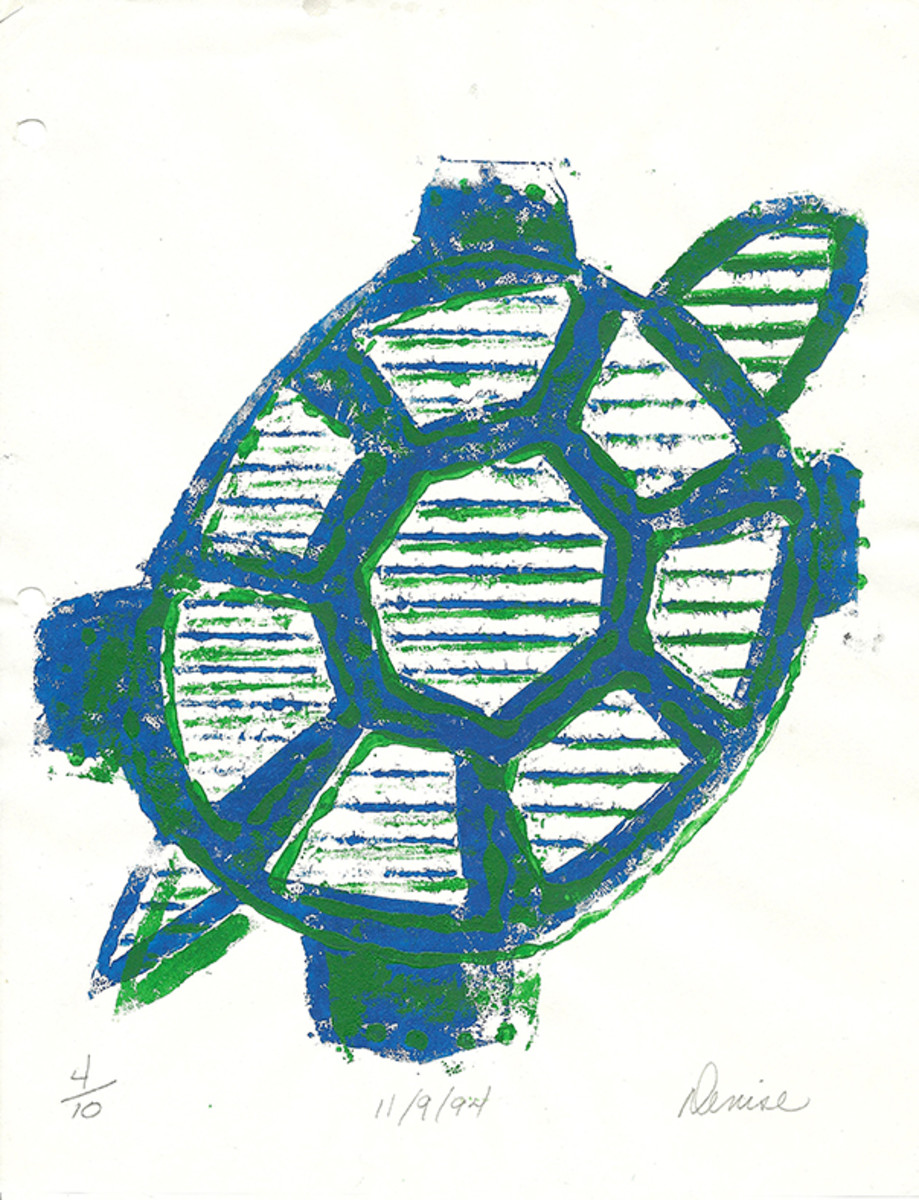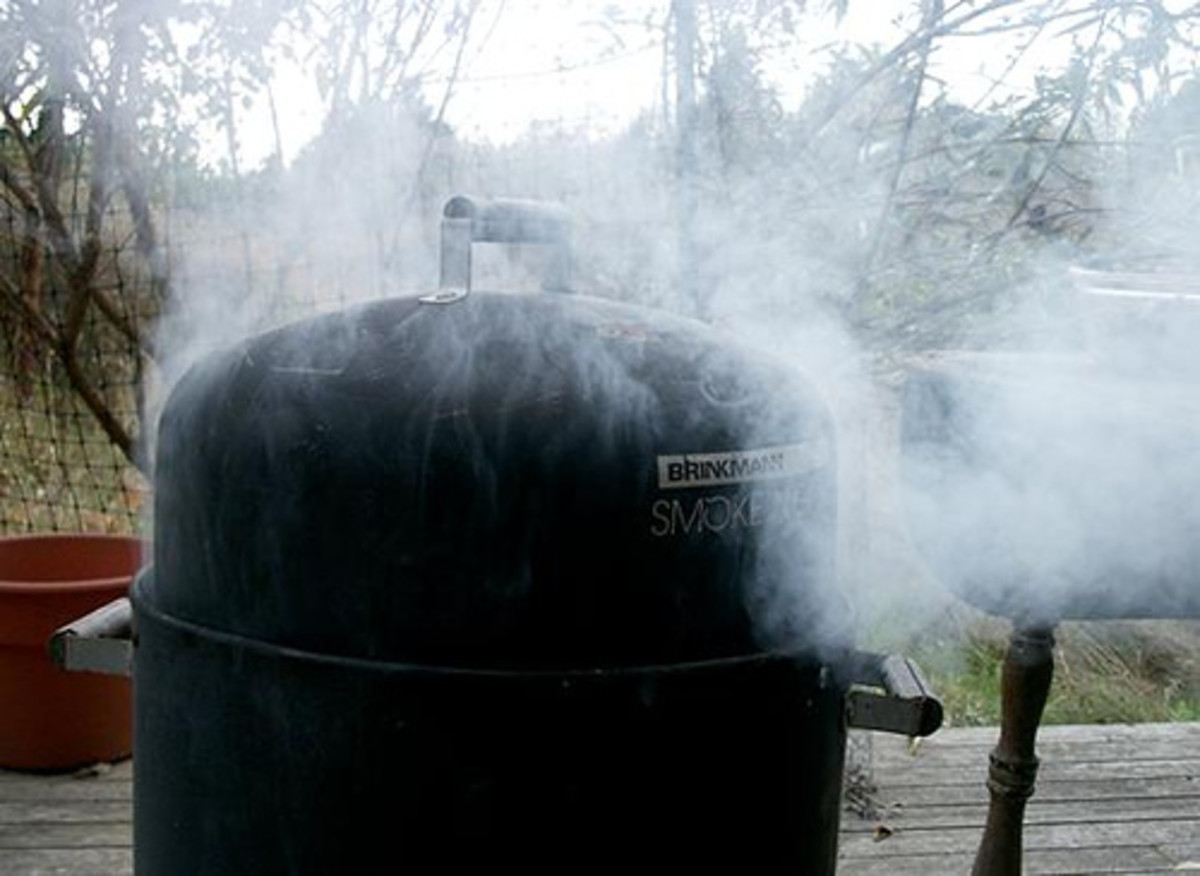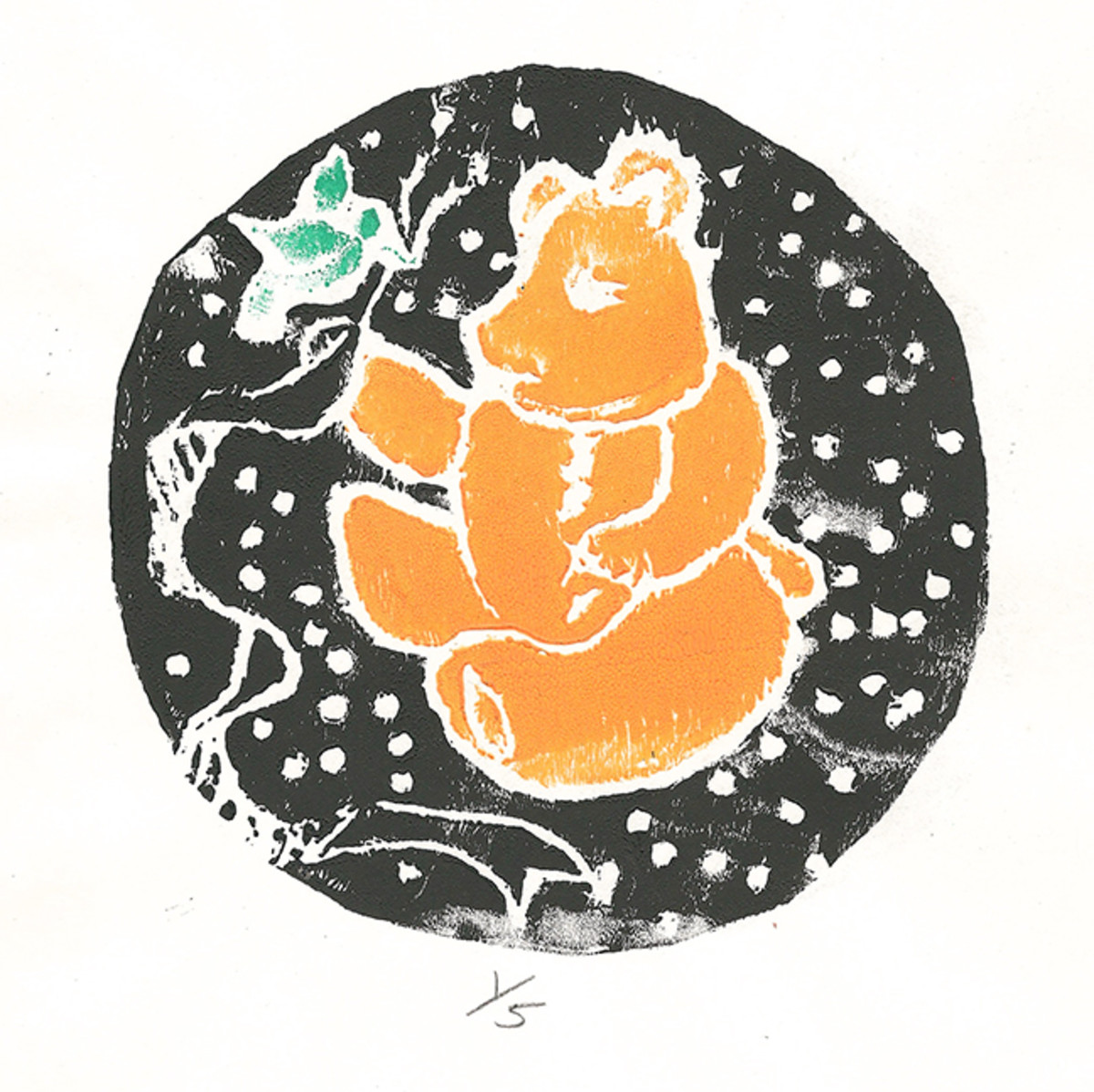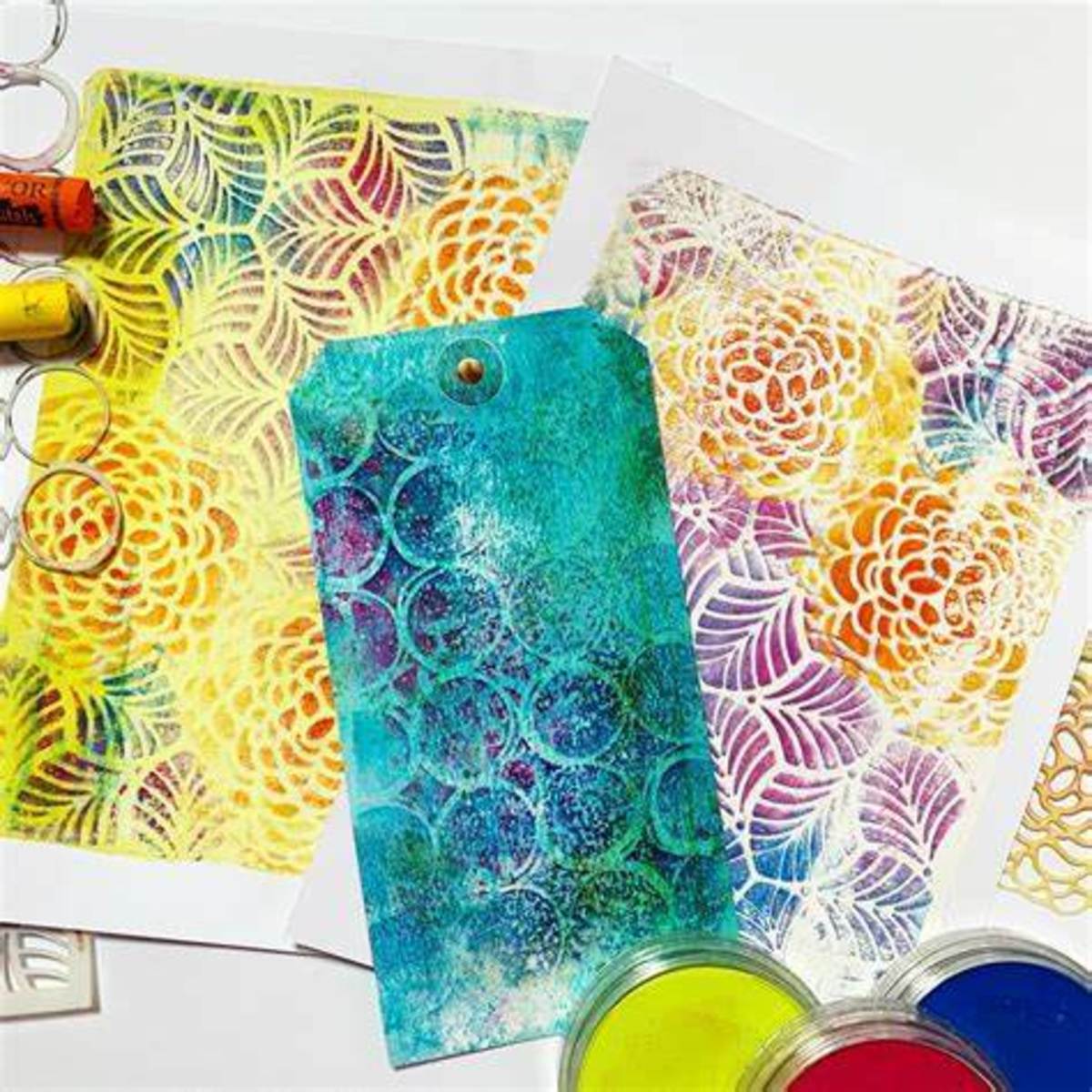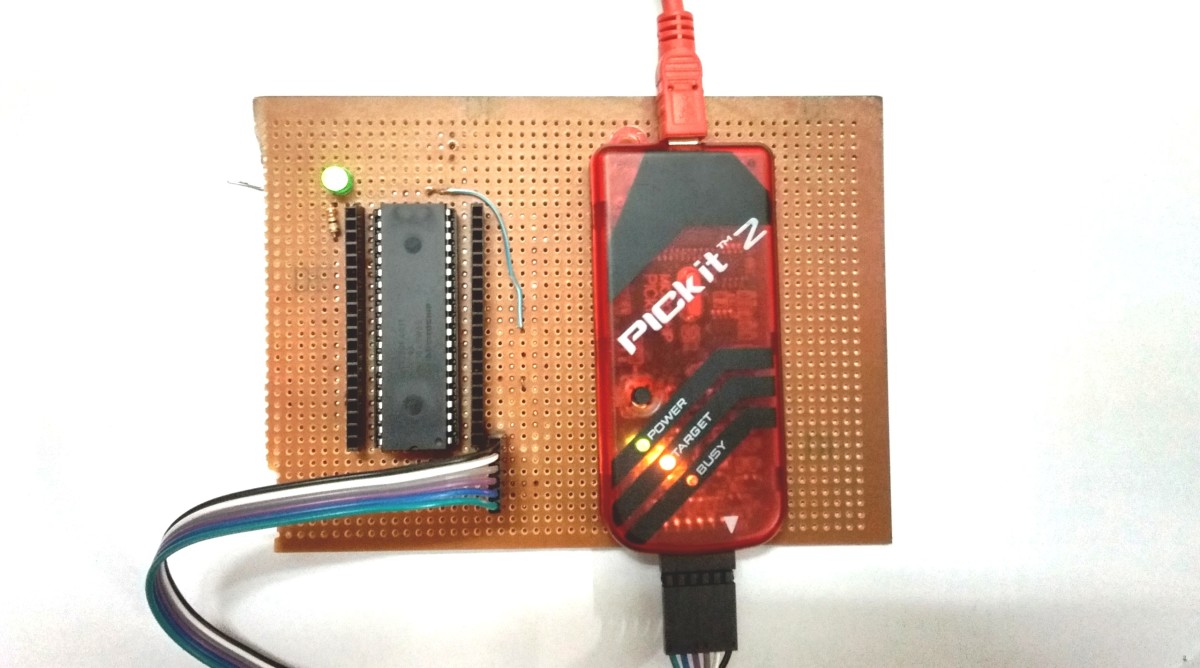Offset Printing Explained
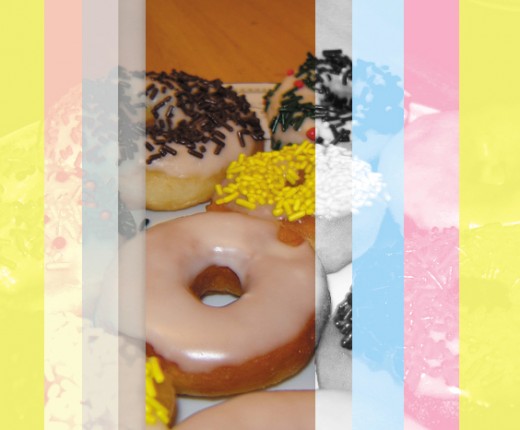
I have been planning on describing a lost or endangered art in the graphics area of the printing field. But as I began the project, I found it necessary to first describe the offset printing process. It seemed that in order to understand the art I wish to describe, one must first understand the printing process. I’m sure many of you do understand this, but I wish to create this article for those who don’t.
Before I continue, I’d like to ask a trivia question: What is it about “offset printing” that gives it that name? If you can answer that before I get to that part, then you may not need to read this article.
I’d like to begin by starting with a close-up view, then backing out to tell the whole story. I think it will be better understood this way:
Printing inks are placed onto the paper in the following way: On the printing press, ink is let through a measured constriction in an ink font and onto a thin roller. The ink on this roller is then transferred to a larger roller. This roller then comes in contact with the “plate,” the sheet of metal that’s wrapped around another roller, and that bears the image to be printed. But how does the ink roller know where to put the ink?
Now’s the time to back out a little and describe the plate: This is a sheet of metal that is coated with a light-sensitive emulsion, the device used to print the image desired. Images burned onto the plate with a special type of light cause the chemicals in the plate’s emulsion to adopt a certain property when developed: That property is the ability to resist water. Therefore, simultaneously occurring with the transfer of ink on the press is also the transfer of water from another font. This water comes mixed with another solution akin to alcohol to make it even “wetter” so it will stick more readily to the surface of the plate. The water solution comes in contact with the plate before the ink does, thus applying water to the entire surface. But the areas that resist water say “no, thanks,” and they are left dry.You might have figured out, by now, that the ink has a special property, too: It also resists water. Therefore, when the plate comes in contact with the ink roller, ink is applied only to the areas of the plate that resisted the water.
The next thing the rotating plate hits is the “blanket.” This is a rubberized roller that lifts the ink off the plate. The “blanket” roller then accepts a sheet of paper, pressing it between itself, and the “impression” roller from beneath. In the process, the paper accepts the ink that was on the blanket.
Here comes the answer to the trivia question: It can be said that the ink which was originally on the plate was “offset” onto the blanket before it was printed onto the piece of paper. Now you know why they call it “offset” printing. And this is why, when the art is checked on the plate, the proofer can do it by “right-reading,” meaning it will not be reversed, like in lead type. The image on the blanket is what would be the “wrong-read,” or reversed.
Getting back to the roller with the plate on it: Now that the ink has been mostly transferred to the blanket, it comes into contact, again, with the water roller, and then the ink roller again, and the cycle continues.
The next question you may have: How does the ink roller know how much ink to put down, when a lighter area comes by? In half-tone photos, you may see a lot of red ink on someone’s cheek, and a more pale red on the forehead. How does the press or ink roller know how to distribute that red ink?
Again, this begins with the plate, or with the computer, as explained below. But before we get there, I need to explain that all photos or “screened” areas of a printed piece are made up of dots. The dots that capture red ink on someone’s cheek are bigger and/or closer together than the dots on the forehead. The small dots on the forehead are just as intense in color value as the large dots on the cheeks. The only difference is that the forehead dots are smaller and further apart. This could be considered to be a 10% dot, meaning the dots take up 10 percent of the area. The dots on the person’s cheek could look like a checker board, or in other words, be a 50 percent dot (having an ink coverage of 50%). An almost pure red would come with overlapping dots, creating an ink coverage of 90% or more.
When color photos are put through a computerized “color separation process,” the colors are filtered out and “separated” or isolated. At the same time, hue values are measured and translated into dots. The denser areas create a larger dot, and the weaker ones a smaller dot. The computer establishes four areas of color into which it puts the final results. In other words, it uses four colors to describe what it just separated out: Cyan - which is an aqua-type color; Magenta - a strong pinkish color with a slight trace of blue; Yellow; and Black. To determine lightness of colors, it merely makes the dots for that color smaller so that the whiteness of the paper can come through, thus making the color lighter. A strong red is made with a lot of magenta, and some yellow. Blue is made with cyan and a little red, and sometimes black. The photo at the top of this article shows how a picture of donuts would be separated. Yellow, seen at the far right, would be applied first, then magenta, cyan and finally black. The left end of the photo shows the four colors to be semi-transparent so you can see how the colors begin to come together. The middle section is the finished printing piece of the four colors.
Because there are four colors, then four colors of ink are used to print the image, and the paper has to pass through the press four times - each with a different change of ink, and therefore with a different plate. A modern solution to that is having the paper pass through a press that has four printing heads on it.
Many printed products come to us with very glossy surfaces. Some people or companies use glossy paper for this effect, but it’s a cheap imitation. For highly impressive results and a more professional look, high-quality printed products are sent to a unit or company that specializes in such finishing. The process is called UV coating. A type of varnish is added and dried by ultra-violet light. They are making UV inks these days that can give almost the same result, because they will dry right on delivery from the press. This is another world of printing, and can’t be fairly treated here. An internet search will get you many returns and details on innovations in that genre.
